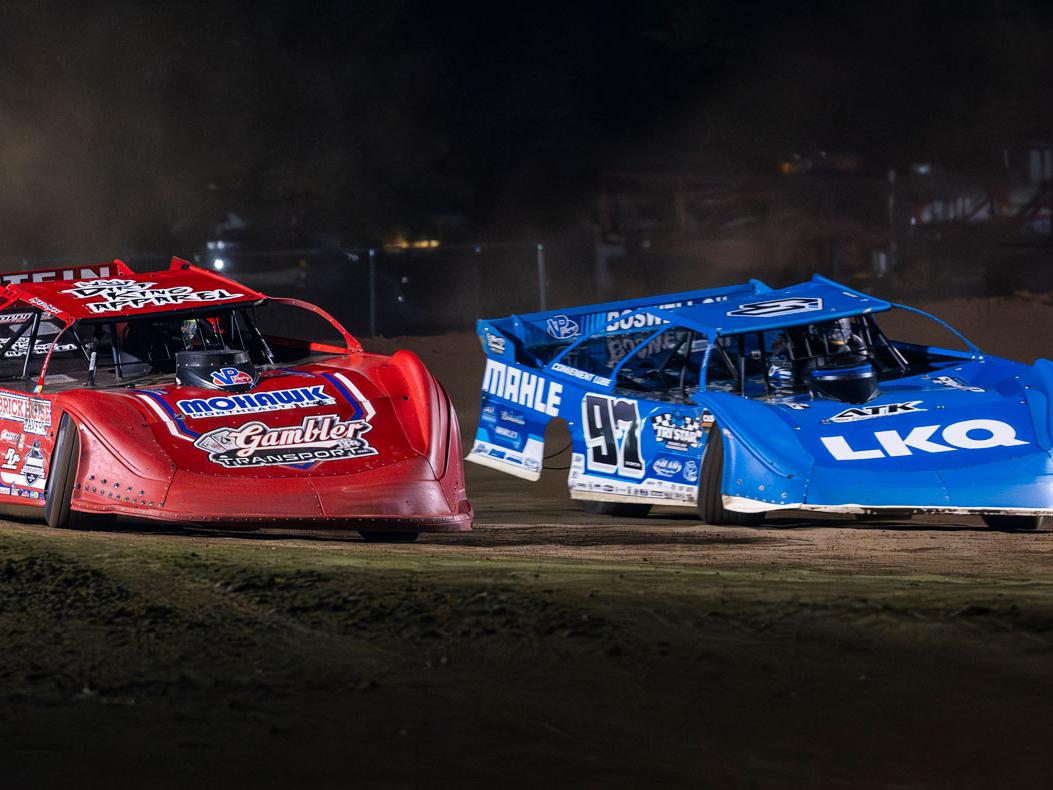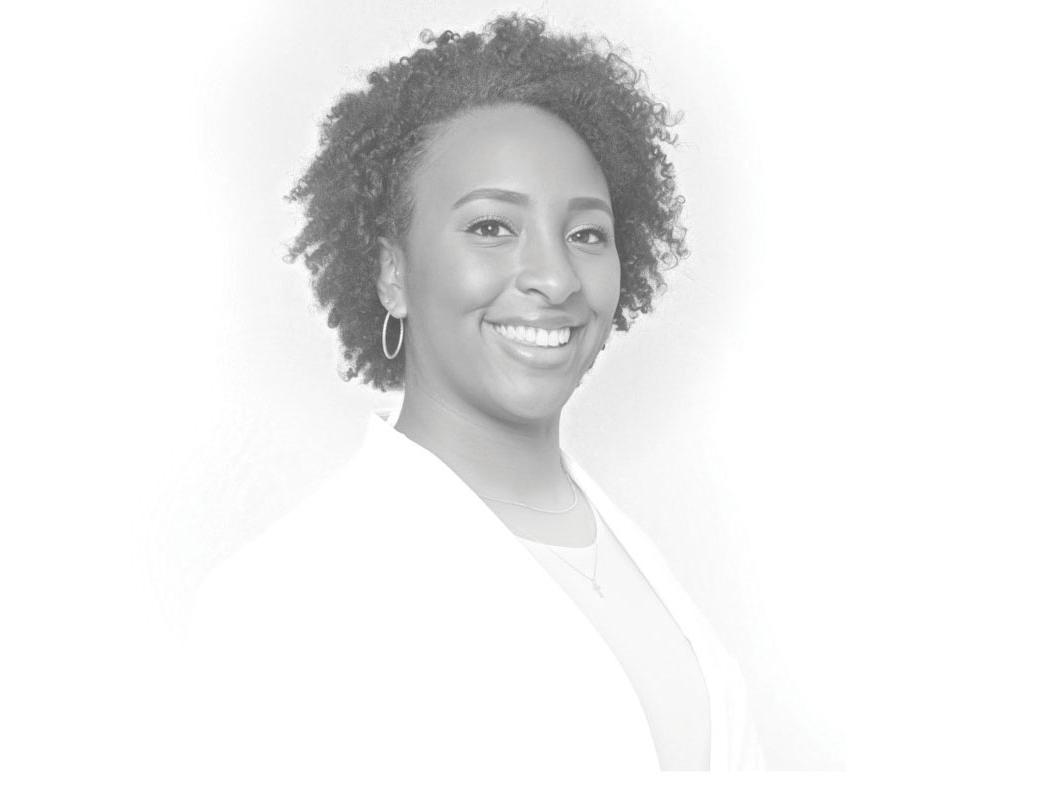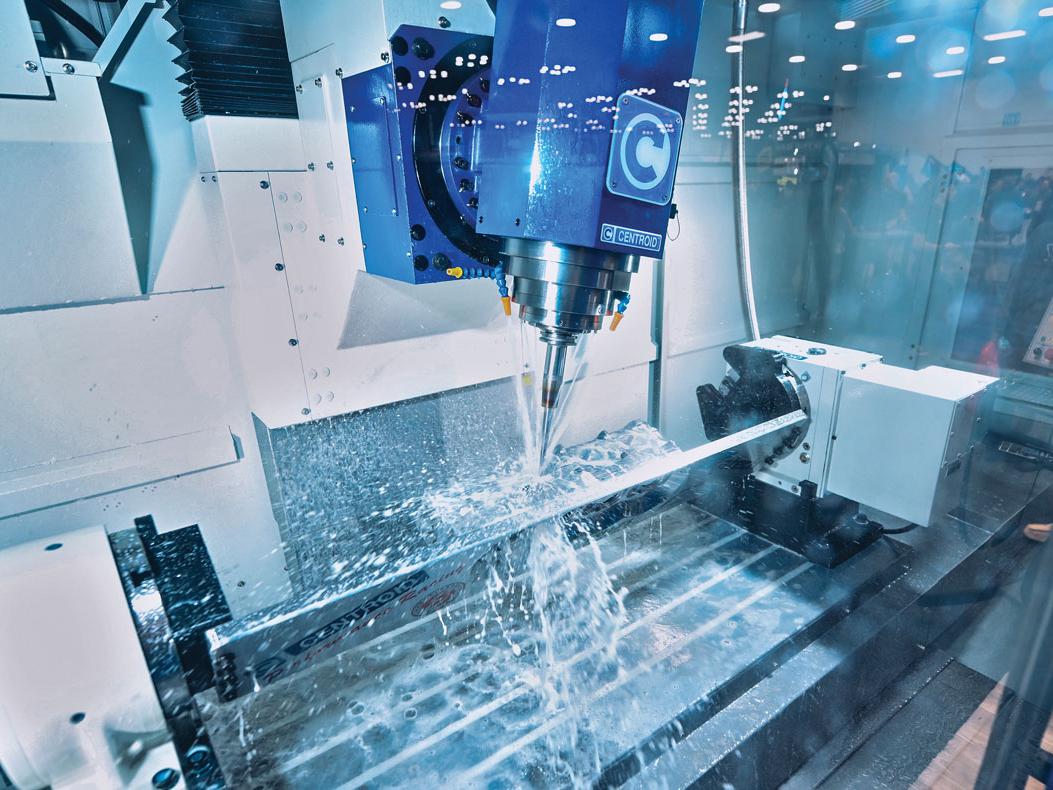Race Team Profile: Clauson Marshall
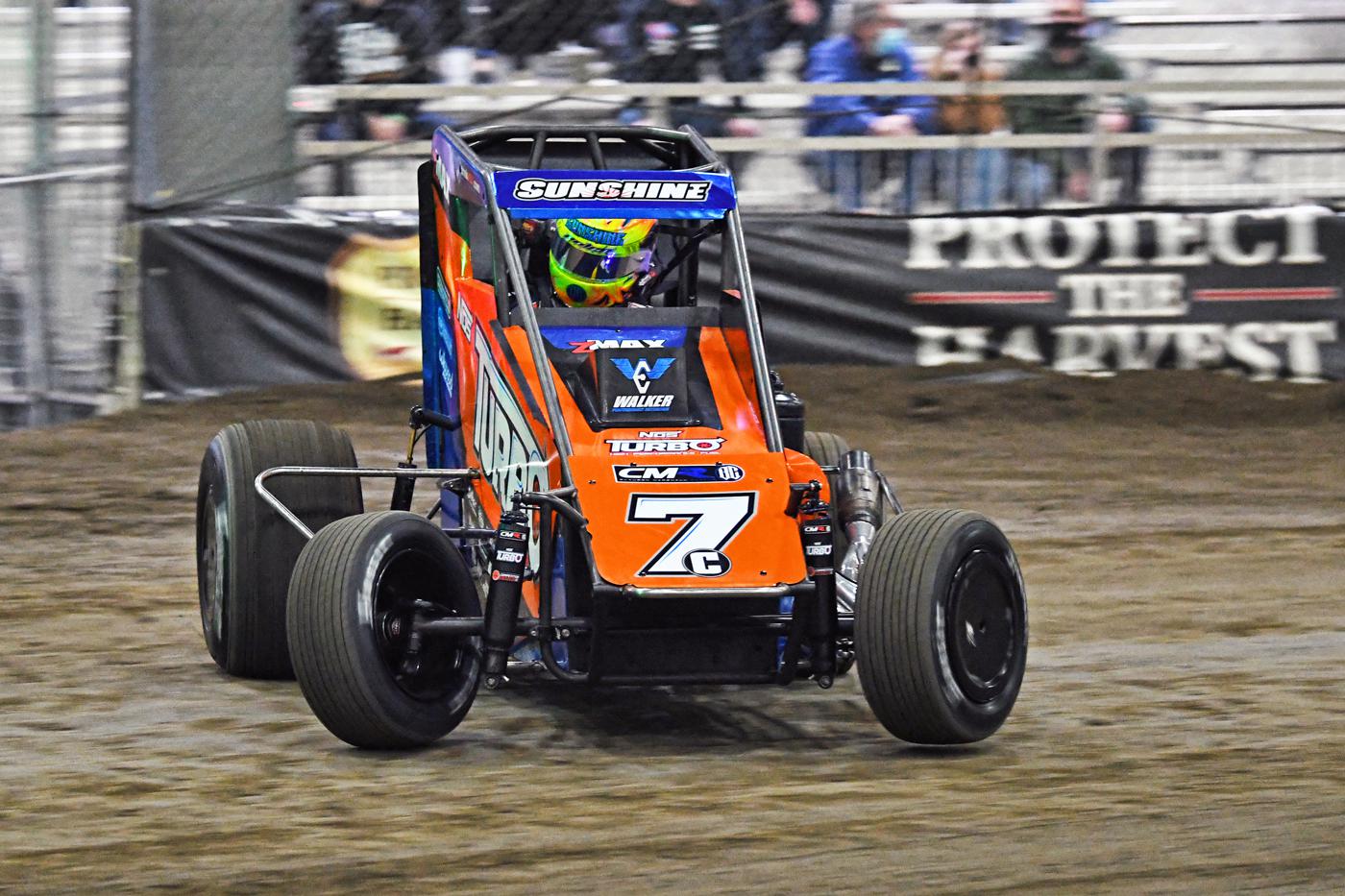
Partnerships play an integral role for this championship-winning open wheel operation, from team members to sponsors and even a veteran engine builder.
Regularly placed among the top of its class in the open wheel ranks, Clauson Marshall Racing (CMR) is very much an evolution of Bryan Clauson Racing, an enterprise that ended tragically with Bryan’s untimely death following a racing accident in Belleville, Kansas, in August 2016.
Since then, Bryan’s father, Tim, has partnered with sprint car veteran Richard Marshall to, in the words of CMR’s website (clausonmarshallracing.com), “Race on…. That’s what we do.” Their efforts have already been rewarded with two USAC National Championships—for sprint cars in 2018 and midgets in 2019.
PRI spoke with both Clauson and Marshall in early February, shortly after the Chili Bowl Nationals, where CMR development driver Cole Bodine finished fourth in Tuesday’s A-Feature, after Tyler “Sunshine” Courtney scored second in the A-Feature on Monday.
“The Chili Bowl is obviously a bucket-list race for our team,” Clauson commented, “and anything less than a win falls below our expectations. But along with Tyler and Cole’s performances,” Ricky Stenhouse Jr. made a “run on Friday night, from the back of the C to third in the A, showing the gains we made going into Saturday. And while our Saturday night performance was impacted by Sunshine’s crash in the last few laps, overall, I was pretty happy with the performance level of all the CMR cars and drivers. We were a whisker away from placing three in the top 10.”
A Culture for Success
First and foremost, Marshall attributes CMR’s ongoing success to a company culture that is “inclusive, of not only the driver and the crew, but of their family members. We try to have fun and make everybody feel like part of the team. It’s a different atmosphere than I’ve seen in a lot of pits, where it’s all business. I think we’ve created a really healthy atmosphere for everybody involved.”
Within that context, Marshall continued, “There is no substitute for chemistry—and, unfortunately, I haven’t seen a manufacturing guide for that. So it’s a matter of finding a group of people who can work well together, and whose personalities mesh. Teamwork is created by individuals with chemistry, but you have to create a culture for teamwork by being open-minded.”
Additionally, Clauson cited “effective communication,” as “paramount to being successful. We hold weekly meetings focusing on operations, marketing, branding, and performance. We focus on goals, both short-term and long-term. And we hold weekly competition meetings with our drivers and crew during the race season.”
“I’ve always thought that the more heads in the room, the better,” said Marshall. “We try to leave everybody’s ego at the door and get input from every team member. Anybody should be able to feel like they can speak up. And I’ve been surprised over the years, where some of our best ideas have come from.
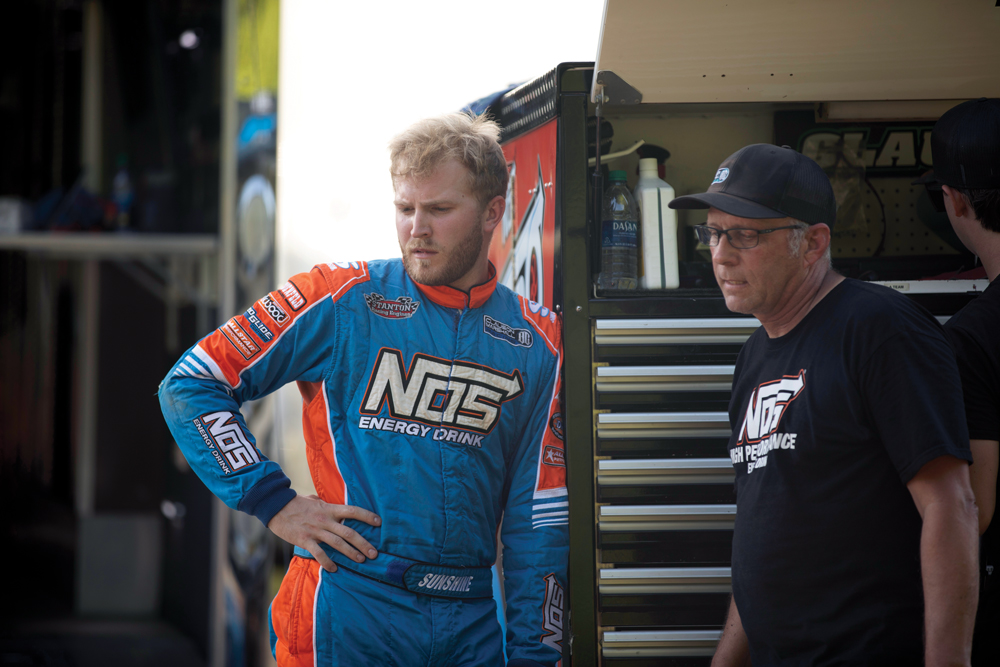
“We try to cover each other’s backs, too, in duty positions,” he continued. “The tire guy is responsible for the tires, for mounting them and getting the pressure right; but there’s nothing wrong with somebody checking behind him, or with him or somebody else checking bolts and making sure everything is tight. We try to teach the engine, from top to bottom, to everybody on the team, even though that may not be their daily job. You never know when somebody may be out, for any reason.”
A strong streak of independence helps, too. “My approach to the sport has been the same since I started racing as a nine-year-old,” Clauson reported. “I stay focused on what we can control, and I don’t get caught up in what the teams we race against are doing.”
One of the best decisions to emerge from that culture, according to Marshall, was hiring Tyler Courtney. “He was a poster child for driver development, and we picked him up fairly early in his career. He wasn’t 15 years old—he’s 27 now, and he’s in his fifth year with us—but he certainly hadn’t established himself and accomplished what he has since. But he shows a true, die-hard desire to win, and to work hard. And that speaks to another aspect of the culture in our shop. We don’t have any room for prima donnas. It doesn’t matter if you’ve won a thousand races. We are all in this together, and every team member is equally valuable.”
Courtney had worked previously on Bryan Clauson’s team, Marshall noted, “where he showed that he could be a team player. So we gave him a shot, and just recently he won his 50th race for our organization. There are not many team owners who can say that about a single driver.”
Products & Partners
While Marshall called Clauson “the operational guy” in their partnership, Marshall “tries to apply what I learned in the business world, to make sure we have the best equipment that money can buy. It’s a very competitive sport, and if you don’t have the latest and the greatest, you might as well stay home.” Conversely, buying only the best “takes that issue off the table—so that if we’re not winning, that’s not an excuse.”
So, in terms of the equipment CMR buys, what does that actually mean for the team headquartered in Fishers, Indiana, about 30 minutes northeast of the Indianapolis Motor Speedway? Of course, two key suppliers have been Spike Chassis Inc., in nearby Brownsburg, Indiana, and Stanton Racing Engines of Nicholasville, Kentucky. “Our relationship with Spike goes back to when Bryan and I built our first USAC midgets and sprint cars,” Clauson recalled. “We believe they build the best product, and logistically they are perfect for us, because of their close proximity to our shop.”
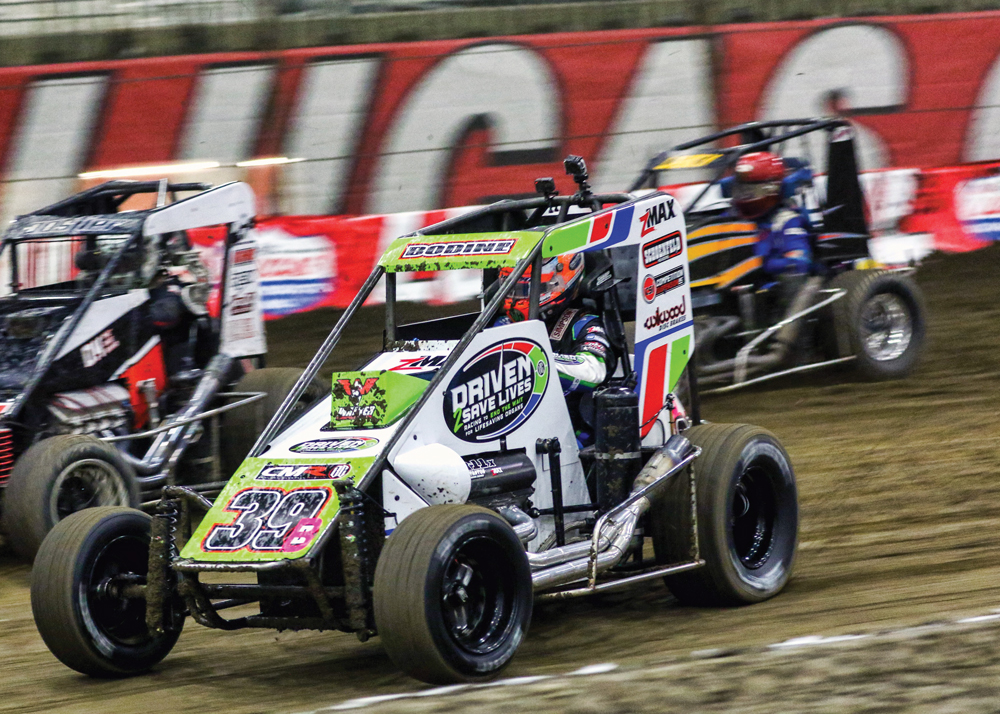
“We got involved with Stanton Engines in 2015–2016,” Clauson added, “when we were building our program for Bryan’s ‘Chasing 200 Tour,’ using their then-new SR-11 midget engine. So when we were looking for a midget engine package for CMR, they were our first call. We knew we would be competing against factory-supported teams, so it was important to work with someone we trusted, who was open to what we could learn on-track.”
Stanton Racing Engines had built Mopar, and later Toyota-based midget engines before launching its own billet-block SR-11 in 2016. “The SR-11 isn’t derived from anything,” Gary Stanton emphasized. “It’s a whole different design, a clean sheet of paper. Nothing in this motor existed before we built it. We wanted it to be lighter, and it is about 20 pounds lighter than the competition. We wanted an overhead cam, so it could turn more rpm. We took it to the limit—and it turned out great.”
Beyond that, what sets a Stanton Racing engine apart from the competition? “We don’t tell anybody that,” Stanton said, laughing. “But we’ve sold over 100 of them in the past four years. We won the national championship in 2019, and in 2020, Toyota beat us by one point—and they did it in the last race.”
Currently, Stanton supplies between 70 and 80 midget teams, but CMR is its single biggest customer, buying eight to 10 engines per year. “And we maintain them, too,” Stanton added. “We’re not with CMR at the track 100% of the time, but we’re there a good part of the time—and when we’re not, we’re in constant communication with them. And we get along real well. They do a great job for us, and we try to do a great job for them. They show good—and we sell motors.”
“Not only is Gary Stanton a friend,” said Marshall, “he’s become a true partner in our business. And I think one example of that is how they keep us on the cutting edge of whatever technology they develop in their shop, week-in and week-out.”
“I think from Stanton’s standpoint,” Clauson added, “we are able to offer a platform to showcase their product at the national level. One of my biggest accomplishments in the sport was winning the 2019 USAC National Championship with Stanton engines, and knowing that we played a small part in helping Stanton reach that level.”
Marshall also cited CMR’s relationship with Competition Suspension Inc. (CSI): “We’ve learned a lot with them. They are a boots-on-the-ground, roll-up-their-sleeves organization. They are at almost every race, out there problem-solving all the time. Their shocks have been a game-changer.
“And I want to give props to one of our newer sponsors, zMAX Racing Oil. We vetted their oils in our midget and sprint car engines last year, and subsequently changed to zMAX products exclusively,” he added.
“We have built great relationships with all of our partners,” Clauson noted, “and in some cases we’ve been the test dummy for their new products. As time has passed, that loyalty—not jumping from vendor to vendor for the next shiny object—has allowed us to build trust with our partners, and that has allowed us to be one of the first to try a new product and/or provide input on a new product that ultimately helped not only us, but our partners’ other customers as well.”
Delivering Value
CMR refers to all of its sponsors and suppliers as partners, and custom-tailors sponsorship programs to its partners’ individual needs. “We call them partners,” Marshall explained, “because our goal is to make them a partner in our success, and vice-versa. And in the first conversation we have with a prospective partner, we ask them what are the top three things they are looking to gain from the relationship. Some of them just want to be part of a racing organization, and to see their name on a car. Some want to entertain their customers” at racing venues, “and others are big into branding. It’s actually surprised me over the years, how many different answers we get.”
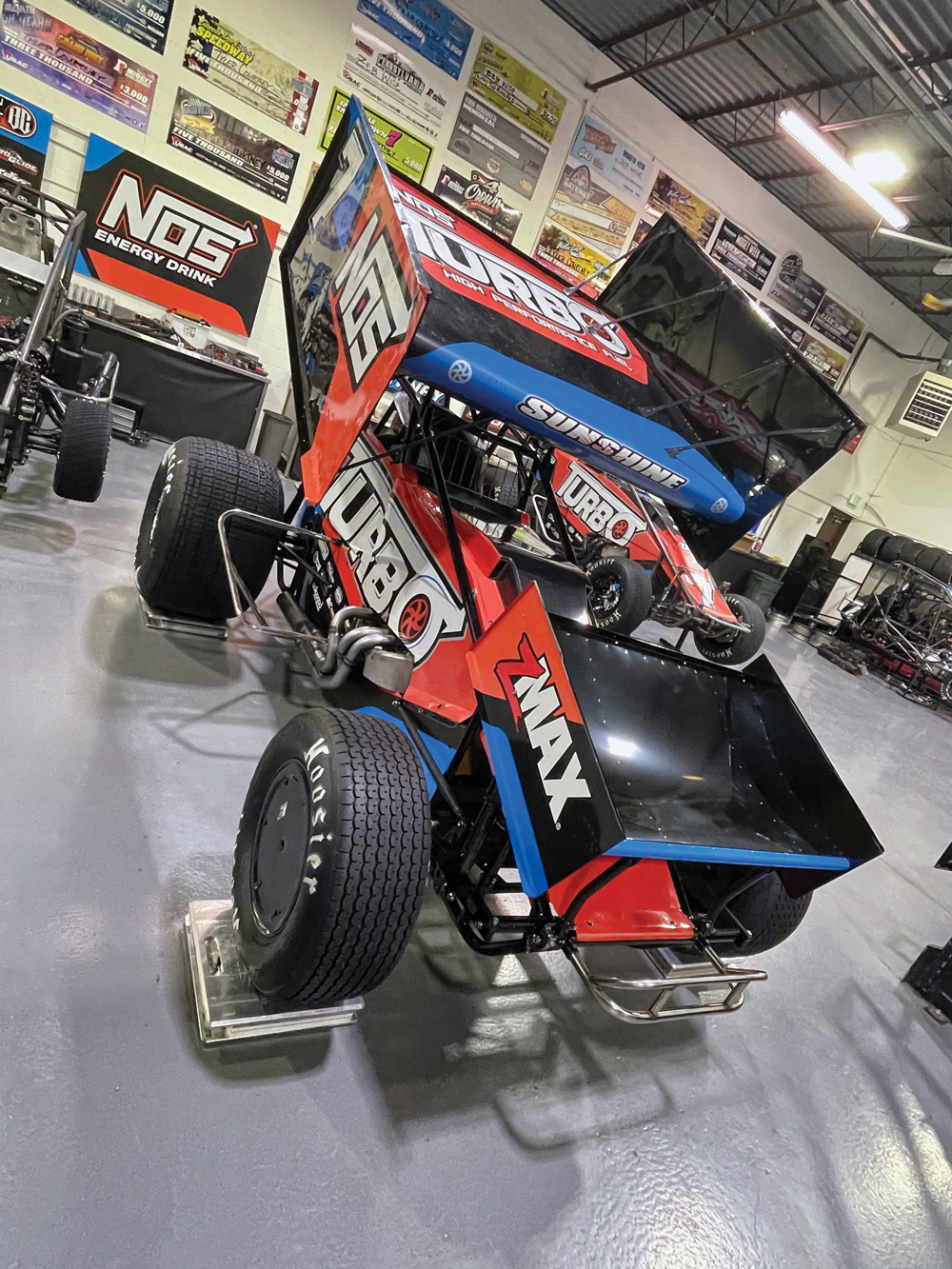
“It’s not a one-size-fits-all proposition,” Clauson agreed. “Some are looking for the branding opportunity. Some are looking for places to offer hospitality, or at-the-track experiences. Some want to grow their brand awareness through motorsports, and to use social media to push their message. While we are a race team first, we try to look at different ways to maximize ROI for our partners.”
“Social media is a great example,” said Marshall. “It has evolved a high expectation from multiple sponsors, and that’s why we’ve added a media person to our payroll. You need to always create content, to make people feel like they are at the track, whether they are or not—to make them feel like they are part of the team. The sponsor is spending dollars that aren’t always easy to come by. So we’re mindful that we are not only competing for those dollars against other race teams, but against other sports and other forms of advertising. But one thing that hasn’t changed since I’ve been involved with the sport—and that’s been a long time—is that our grassroots fans are fiercely loyal to the companies that support the sport and have their names on the side of the car. Making that connection is vital—making sure our fans know who is supporting us, and what they are selling. Tim and I share a passion for racing, and a passion for winning. But we can’t forget who literally puts the gas in the car.”
Taking Wing…
With that in mind, said Clauson, “In 2020 we dipped our toe into the winged sprint car world,” and in 2021, Tyler Courtney will compete full-time in the All Star Circuit of Champions.
It’s a natural progression, particularly for Marshall, who concurrently campaigns World of Outlaws sprint cars via a separate partnership with Stenhouse. Cole Bodine will continue to drive USAC sprints and midgets, “and Sunshine will participate in those events as his schedule allows,” Marshall added.
Clauson sees this expansion as “an opportunity to get our partners in front of the majority of the growing grassroots fanbase.”
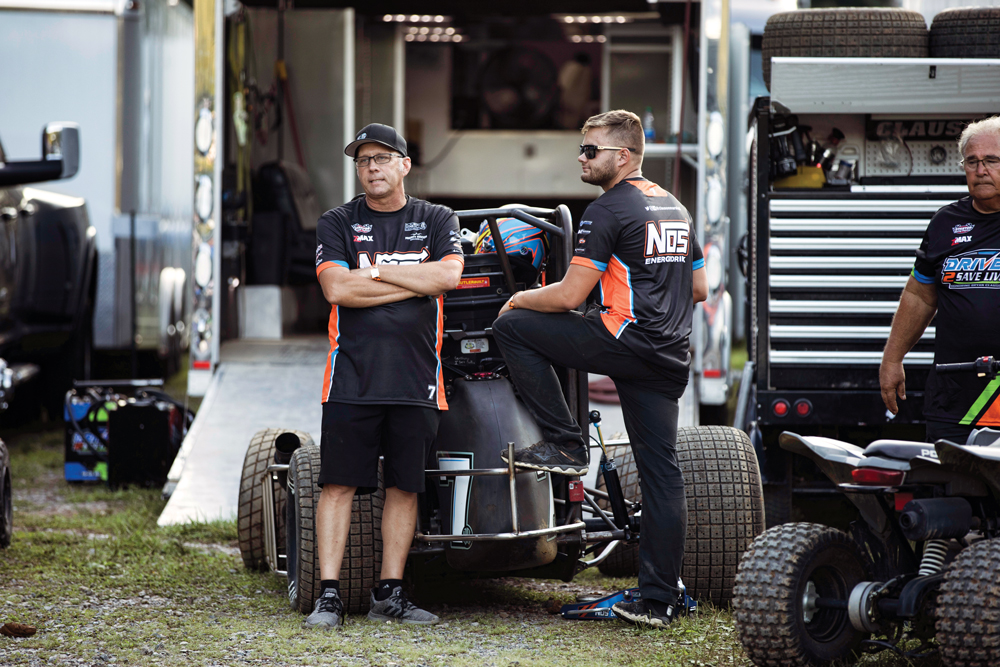
Of course, CMR—like just about everyone else—has been impacted by the COVID-19 pandemic. “One thing I’m proud of,” said Marshall, “we kept everybody employed the whole time. Everybody got paid, though obviously we weren’t racing all of the time. But we were fortunate that our form of racing was the first professional sport to re-open, and that in the winged sprint car program we were running a flex schedule rather than a for-points championship. So we were able to run the same number of races that our sponsor/partners expected, albeit at different times and different venues.” Also fortuitous was the USAC schedule, where “the majority of their races are in the summer, when more venues started opening up.”
As Clauson explained, “We were fortunate to have the flexibility to chase the races that were available. For a while it seemed we were the only sporting event going, and the way that DIRTVision and FloRacing supported the events created an opportunity to get our partners in front of a different audience. We saw it as a challenge, to change the way we approached access to our team via social media.
“And we feel we have grown from it,” Clauson concluded.
 MEMBERSHIP LOGIN
MEMBERSHIP LOGIN JOIN PRI
JOIN PRI
